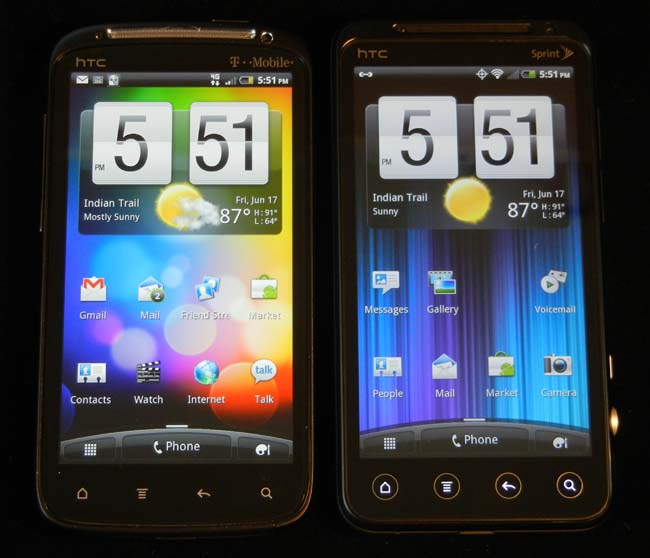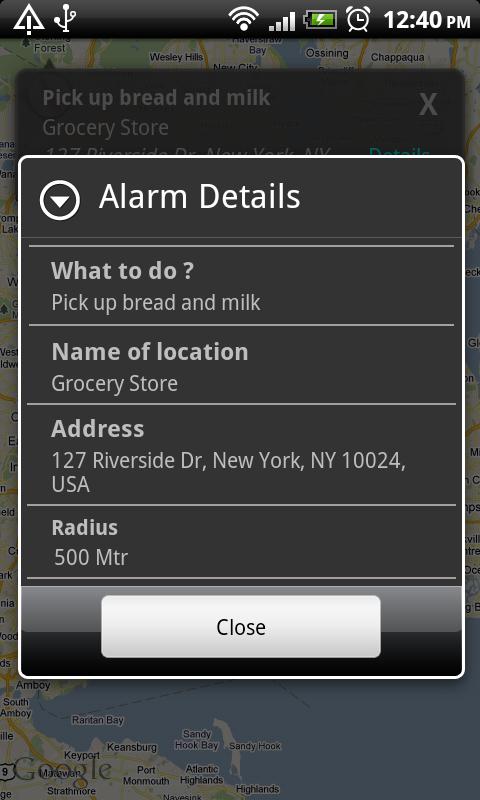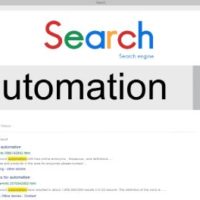Fast forward to a year later. Barnes & Noble has released the NOOK 2.0, named NOOKcolor. Now with a full color screen, the updated NOOK does see some increased popularity. We all know what happened next; it was rooted.
With root, a limited eReader turned into a quite reasonably-priced tablet, capable of accessing the Android Market to download games and other apps, including Gmail and other eReaders such as Kindle for Android. Suddenly, people couldn’t get enough of the device. Â Barnes & Noble saw their sales figures explode during the holiday season, driven by demand for the NOOK, which incidentally, became the best selling item in the history of the company, no small feat.
The company significantly exceeded both online and in-store sales forecasts, led by strong consumer demand for Barnes & Noble’s NOOK brand of eReading products. Â The company sold virtually its entire inventory of NOOKcolor and E Ink devices during the holiday season while exceeding its sales plan for accessories associated with the NOOK product line. Â
In addition, strong device sales helped drive eBook content sales that have significantly exceeded forecasts.  Barnes & Noble.com comparable sales increased 78% compared to last year’s holiday selling season.  Total sales at Barnes & Noble.com totaled $228.5 million, an increase of 67% as compared to the period a year ago.William Lynch, CEO, Barnes & Noble, Inc., stated: “NOOKcolor was one of the most sought-after gifts this holiday season and has quickly become the bestselling device at Barnes & Noble.  And, even more encouraging to us, NOOK’s popularity is helping to drive new sales at both our stores and online, where 60% of NOOKcolor owners are new customers of our Barnes & Noble digital bookstore.â€
So, what can we learn from the NOOK? Obviously, if you make a solid product and offer it at a low price people will buy it. But, more importantly, if said product’s software is hackable by deliberate or accidental design, an additional subset of the public will eat it up and the company gains additional profit; everyone wins (except for maybe those who screwed up the rooting process).
Clamoring for root is nothing new to the Android community. We’ve begged and analyzed and discussed to death without resolution as to why so many companies who develop Android devices lock them down so hard. Given enough time, I’m sure one could come up with a list of hundreds of reasons why manufacturers don’t allow rooting of their Android products. Though there is just one reason why they should: Profit.
With so many competing products entering the market, whether or not a device can be rooted is increasingly becoming a selling factor. Companies are driven by profit and success; to ignore and essentially turn away from additional sales is becoming an increasingly foolhardy approach. Eventually, the ramifications will move above the sales floor to the shareholders and boards of directors. We’ve been trying to tell you companies, ‘If you root it, we will come.’Â When will more of you pay attention?










